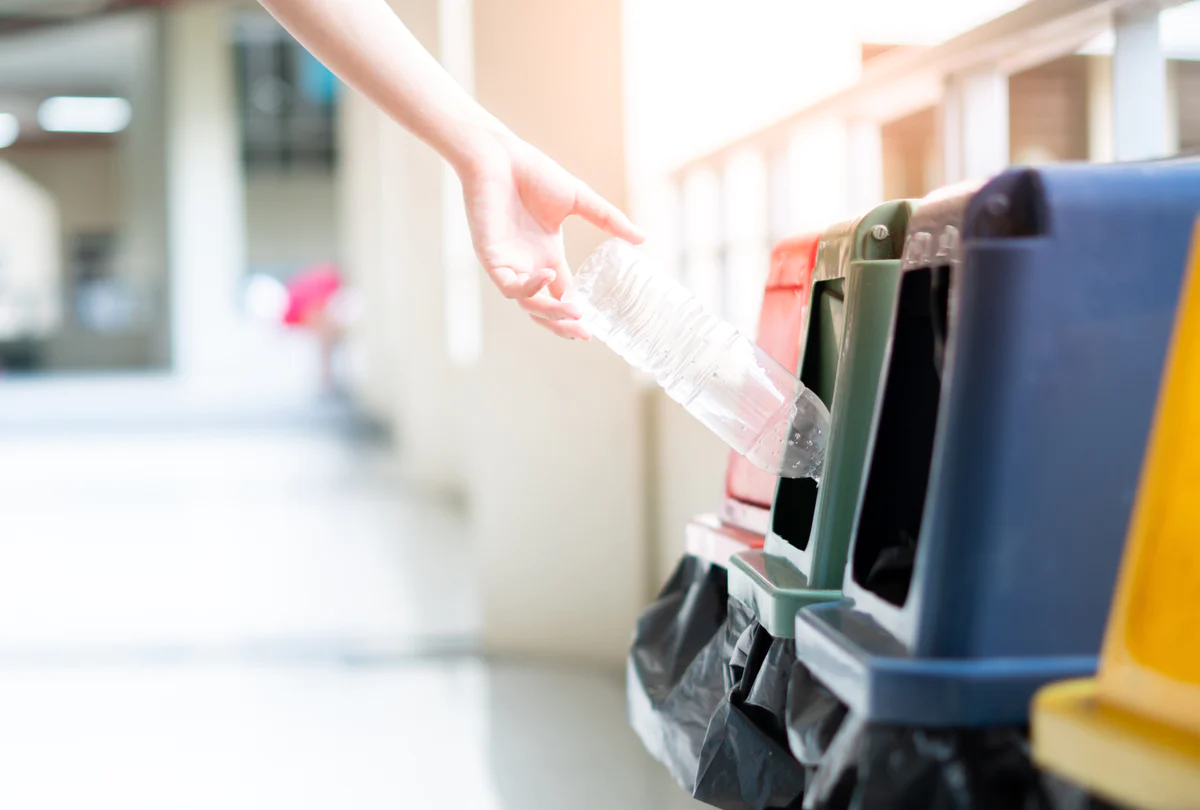
Single Stream Recycling: What Is It and Why Does It Matter?
I do a lot of research into, and writing about, post-industrial plastic recycling. I have noticed the emergence of a new term in recent months: single stream recycling. Perhaps the term actually isn’t new. Maybe it has been around for a while, and I am just starting to notice it now. Regardless, it is an important term that needs to be understood in the context of the ongoing debate about plastic recycling.
Curbside recycling programs have come under fire in recent years. As one municipal program after another gets shut down due to high costs, it becomes increasingly clear that we aren’t recycling many of the post-consumer plastics we manufacture. But if you set aside all the hype and dig deeply into the details, you discover that the failure of municipal post-consumer recycling has nothing to do with plastic. It is due almost entirely to the single stream model.
Everyone Into the Pool

Single stream recycling is the model that dominates municipal post-consumer recycling. A good way to describe it is to imagine dozens of people sitting around a resort pool. Someone yells, “everyone into the pool!”, and the crowd complies. Every man, woman, and child jumps in.
That is essentially single stream recycling. The curbside recycling bin is the pool. All the plastics, paper, and glass are the swimmers. You throw everything into the pool and put it out to the curb on the designated pickup day. What happens next? The materials get dumped into an even bigger receptacle: the recycling truck.
Tossing everything into the same bin is easy for the consumer. Tossing the contents of all those bins into the same truck is easy for the person driving the truck. But you end up with a mass of mixed materials that now need to be sorted. Therein lies the problem. Sorting is time consuming and expensive. And if just one mistake is made, an entire load could be contaminated.
It’s Already Separated

The mind-numbing part of single stream recycling is that it creates a problem where none previously existed. Think about it. All those materials you would toss into a curbside bin are already separated. Throwing them in the bin is what mixes them together. But what if you kept them separate? What if you put them into separate receptacles and left them out for separate recyclers who would come and take what they wanted?
Although such a system might sound strange and cumbersome, it already exists in the post-industrial plastic world. Companies that produce industrial plastic waste keep it separate. Many of them contact companies like Tennessee’s Seraphim Plastics, companies that come and buy the plastic waste from them.
When Seraphim Plastics arrives to pick up a load, they are picking up one type of plastic and one type only. It isn’t mixed in with other plastics or paper and glass. It’s also not mixed with trash. Recycling is easy because Seraphim Plastics can transport the load of plastic scrap to a processing facility and immediately send it through a series of grinders and magnets to reduce it to regrind.
Single Stream Is Inefficient

When you compare what Seraphim Plastics does with single stream recycling, it becomes evident that single stream is inefficient. Single stream is also costly. The strange thing is that it doesn’t have to be this way. There is no logical reason to mix recycled materials at the curb only to sort them again later.
This is why post-consumer recycling doesn’t work. Change the process to make it more like post-industrial recycling and it will work just fine.
